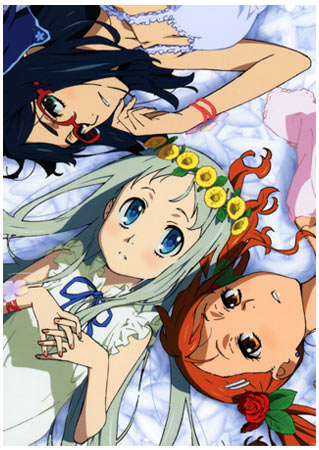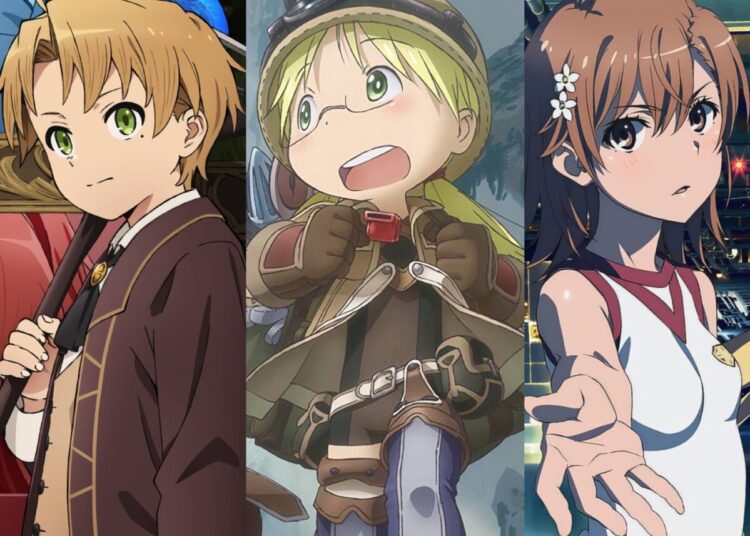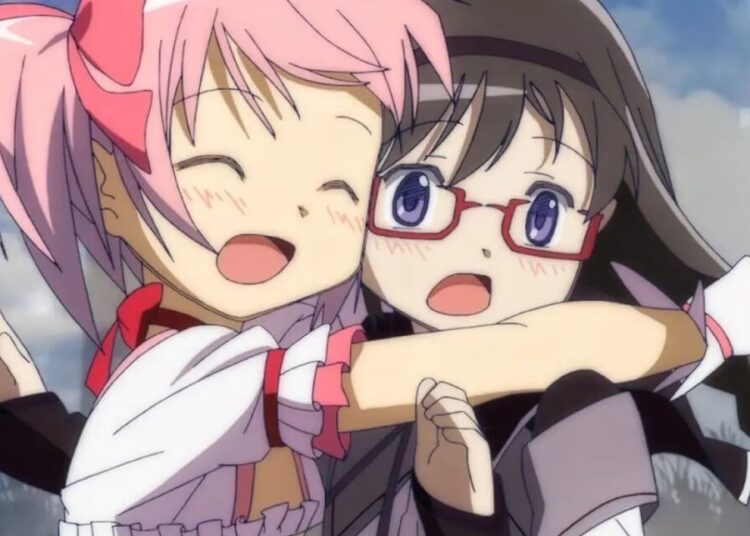I write often that anime is a successful medium because it allows viewers to access a wide range of strong emotions. In the course of any given show, especially the recent trend in anime series with meticulously polished characters employing moe and other archetypes, a fan can experience joy (when a complex love triangle is resolved, as in Toradora), rage (at Shinji or Amuro Rei, when they refuse to fight), and even sadness (I’m looking at you, Gurren Lagann and Clannad). One of the most subtle emotions anime offers us is called setsunai, which might be described as “a dull sadness and pain that reminds us we’re alive.” It’s the kind of sweet pain that can be experienced through such shows as 5 Centimeters Per Second, She The Ultimate Weapon or 3000 Leagues in Search of Mother, the Takahata/Miyazaki masterpiece about a boy who travels from Italy to Argentina to find his mother. Another example of this kind of refined storytelling is the currently running Ano Hi Mita Hana no Namae o Boku-tachi wa Mada Shiranai, aka We Still Don’t Know the Name of the Flower We Saw That Day, or just “AnoHana.” It’s the story of a group of friends growing up years after one of their number dies, and it deals with the changes the characters experience as they go through their lives. (See AnoHana products on J-List, too.)

AnoHana is an example of “sweet pain” in a well-written anime series.














